-
 Bitcoin
Bitcoin $114400
0.68% -
 Ethereum
Ethereum $3550
2.48% -
 XRP
XRP $3.001
4.99% -
 Tether USDt
Tether USDt $0.9999
0.01% -
 BNB
BNB $757.6
1.46% -
 Solana
Solana $162.9
1.07% -
 USDC
USDC $0.9998
0.00% -
 TRON
TRON $0.3294
0.91% -
 Dogecoin
Dogecoin $0.2015
2.46% -
 Cardano
Cardano $0.7379
2.01% -
 Stellar
Stellar $0.4141
8.83% -
 Hyperliquid
Hyperliquid $37.83
-1.91% -
 Sui
Sui $3.454
0.76% -
 Chainlink
Chainlink $16.62
3.53% -
 Bitcoin Cash
Bitcoin Cash $554.6
2.84% -
 Hedera
Hedera $0.2486
3.91% -
 Ethena USDe
Ethena USDe $1.001
0.00% -
 Avalanche
Avalanche $21.95
3.34% -
 Toncoin
Toncoin $3.563
-2.85% -
 Litecoin
Litecoin $112.7
2.65% -
 UNUS SED LEO
UNUS SED LEO $8.977
0.13% -
 Shiba Inu
Shiba Inu $0.00001232
1.85% -
 Uniswap
Uniswap $9.319
2.93% -
 Polkadot
Polkadot $3.632
1.38% -
 Monero
Monero $307.2
2.36% -
 Dai
Dai $0.9997
-0.03% -
 Bitget Token
Bitget Token $4.340
0.91% -
 Pepe
Pepe $0.00001048
1.07% -
 Cronos
Cronos $0.1348
3.26% -
 Aave
Aave $261.5
1.93%
What is Uniswap exchange? A comprehensive introduction to Uniswap exchange
Uniswap, a non-custodial and permissionless decentralized exchange, empowers users to engage in direct peer-to-peer crypto trading on the Ethereum blockchain through an automated market maker model.
Feb 12, 2025 at 05:12 am

Key Points:
- Uniswap is a decentralized cryptocurrency exchange that allows users to trade directly with each other without the need for a central intermediary.
- Uniswap uses an automated market maker (AMM) model, which means that the exchange rate is determined by the supply and demand of the assets being traded.
- Uniswap is a non-custodial exchange, which means that users retain custody of their private keys and no third party has access to their funds.
- Uniswap is one of the most popular decentralized exchanges in the world, with a daily trading volume of over $1 billion.
- Uniswap is a permissionless exchange, which means that anyone can list any asset for trading.
- Uniswap is a secure exchange, with no known hacks or security breaches.
Comprehensive Introduction to Uniswap Exchange
What is Uniswap?
Uniswap is a decentralized cryptocurrency exchange that allows users to trade directly with each other without the need for a central intermediary. This means that Uniswap users are not required to trust a third party to hold their funds or facilitate their trades. Instead, trades are executed automatically by smart contracts on the Ethereum blockchain.
How Uniswap Works
Uniswap uses an automated market maker (AMM) model to facilitate trades between users. This means that the exchange rate for a given asset pair is determined by the supply and demand of that pair on the exchange. When a user wants to buy an asset, they can place a buy order on Uniswap, and when a user wants to sell an asset, they can place a sell order on Uniswap. The exchange rate for the asset pair is then determined by the ratio of buy orders to sell orders.
Benefits of Using Uniswap
There are a number of benefits to using Uniswap, including:
- Decentralization: Uniswap is a decentralized exchange, which means that no central authority has control over the exchange. This means that Uniswap cannot be shut down or censored by any government or organization.
- Non-custodial: Uniswap is a non-custodial exchange, which means that users retain custody of their private keys and no third party has access to their funds. This means that users are not at risk of losing their funds if Uniswap is hacked or goes out of business.
- Permissionless: Uniswap is a permissionless exchange, which means that anyone can list any asset for trading. This means that Uniswap users have access to a wide range of assets, including assets that are not available on other exchanges.
- Secure: Uniswap is a secure exchange, with no known hacks or security breaches. This is because Uniswap uses smart contracts to execute trades, and smart contracts are very difficult to hack.
How to Use Uniswap
Using Uniswap is relatively simple. To get started, you will need to create a Metamask wallet. Once you have created a Metamask wallet, you can visit the Uniswap website and connect your wallet to the exchange.
Once you have connected your wallet to Uniswap, you can start trading. To place a buy order, simply select the asset you want to buy and enter the amount you want to buy. To place a sell order, simply select the asset you want to sell and enter the amount you want to sell.
The exchange rate for the asset pair will then be displayed, and you can click the "Swap" button to execute the trade.
FAQs
- What is the difference between Uniswap and other decentralized exchanges?
Uniswap is a decentralized exchange that uses an automated market maker (AMM) model. This means that the exchange rate for a given asset pair is determined by the supply and demand of that pair on the exchange. Other decentralized exchanges, such as Binance DEX, use a different model where the exchange rate is determined by a matching engine.
- Is Uniswap safe?
Uniswap is a secure exchange, with no known hacks or security breaches. This is because Uniswap uses smart contracts to execute trades, and smart contracts are very difficult to hack.
- How do I get started with Uniswap?
To get started with Uniswap, you will need to create a Metamask wallet. Once you have created a Metamask wallet, you can visit the Uniswap website and connect your wallet to the exchange.
Disclaimer:info@kdj.com
The information provided is not trading advice. kdj.com does not assume any responsibility for any investments made based on the information provided in this article. Cryptocurrencies are highly volatile and it is highly recommended that you invest with caution after thorough research!
If you believe that the content used on this website infringes your copyright, please contact us immediately (info@kdj.com) and we will delete it promptly.
- Cryptocurrency, Altcoins, and Profit Potential: Navigating the Wild West
- 2025-08-04 14:50:11
- Blue Gold & Crypto: Investing Disruption in Precious Metals
- 2025-08-04 14:30:11
- Japan, Metaplanet, and Bitcoin Acquisition: A New Era of Corporate Treasury?
- 2025-08-04 14:30:11
- Coinbase's Buy Rating & Bitcoin's Bold Future: A Canaccord Genuity Perspective
- 2025-08-04 14:50:11
- Coinbase's Buy Rating Maintained by Rosenblatt Securities: A Deep Dive
- 2025-08-04 14:55:11
- Cryptos, Strategic Choices, High Returns: Navigating the Meme Coin Mania
- 2025-08-04 14:55:11
Related knowledge
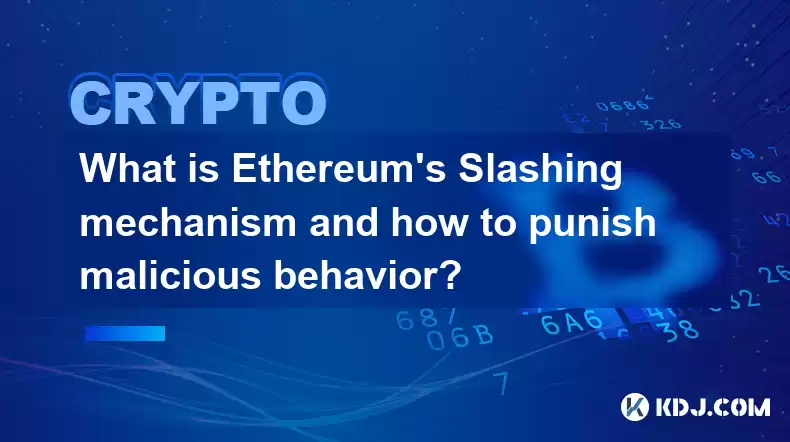
What is Ethereum’s Slashing mechanism and how to punish malicious behavior?
Feb 20,2025 at 03:08am
Key PointsOverview of slashingDifferent types of slashing in EthereumIncentives and consequences of slashingIdentifying and reporting slashed validato...
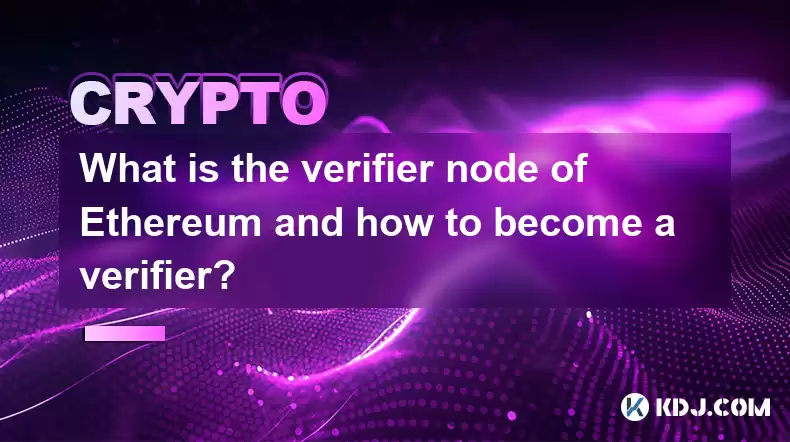
What is the verifier node of Ethereum and how to become a verifier?
Feb 19,2025 at 06:00pm
The Verifier Node of Ethereum: A Comprehensive GuideKey Points:What is a Verifier Node?How to Become a Verifier NodeResponsibilities and Rewards of a ...
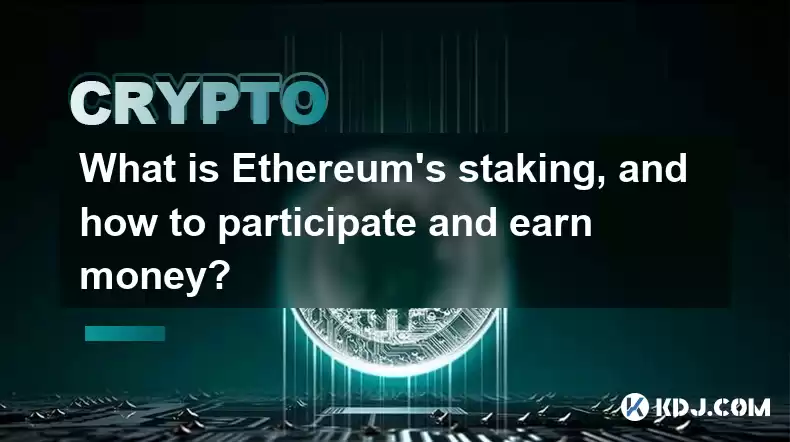
What is Ethereum’s staking, and how to participate and earn money?
Feb 19,2025 at 04:37pm
Key Points:Understanding Ethereum's Staking MechanismSteps to Participate in StakingBenefits and Rewards of StakingSecurity and Risk ConsiderationsTec...
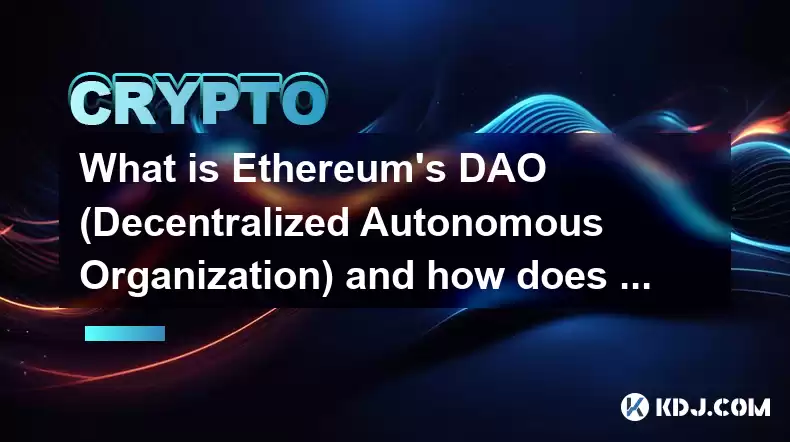
What is Ethereum’s DAO (Decentralized Autonomous Organization) and how does it work?
Feb 20,2025 at 03:12am
Key PointsDefinition and Structure of a DAOGovernance and Decision-Making in DAOsBenefits and Use Cases of DAOsChallenges and Limitations of DAOsWhat ...
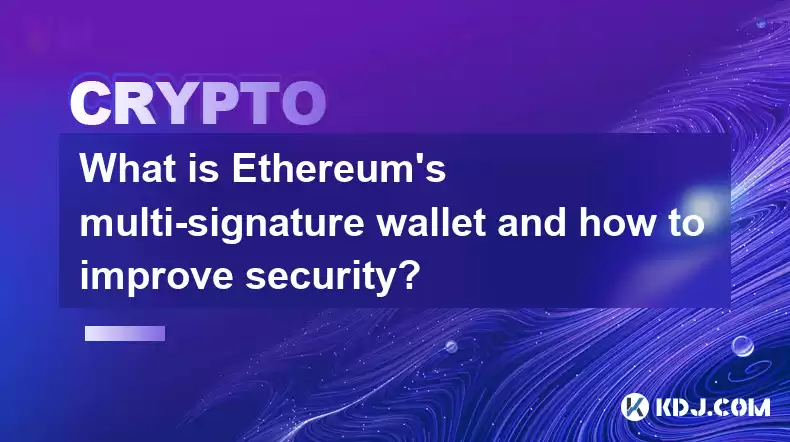
What is Ethereum's multi-signature wallet and how to improve security?
Feb 20,2025 at 02:18pm
Key Points:Understanding the Concept of a Multi-Signature WalletBenefits and Drawbacks of Multisig WalletsRequirements for Setting Up a Multisig Walle...
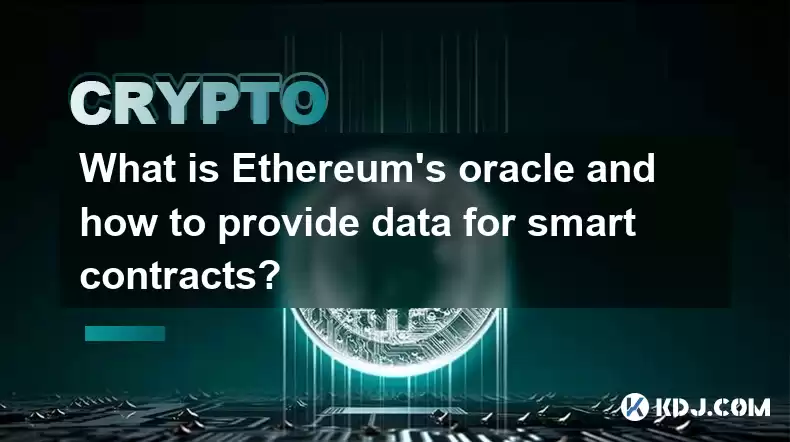
What is Ethereum's oracle and how to provide data for smart contracts?
Feb 21,2025 at 01:30am
Key Points:Understanding the concept of oracles in EthereumExploring different types of oraclesDetailed guide on how to provide data for smart contrac...

What is Ethereum’s Slashing mechanism and how to punish malicious behavior?
Feb 20,2025 at 03:08am
Key PointsOverview of slashingDifferent types of slashing in EthereumIncentives and consequences of slashingIdentifying and reporting slashed validato...

What is the verifier node of Ethereum and how to become a verifier?
Feb 19,2025 at 06:00pm
The Verifier Node of Ethereum: A Comprehensive GuideKey Points:What is a Verifier Node?How to Become a Verifier NodeResponsibilities and Rewards of a ...

What is Ethereum’s staking, and how to participate and earn money?
Feb 19,2025 at 04:37pm
Key Points:Understanding Ethereum's Staking MechanismSteps to Participate in StakingBenefits and Rewards of StakingSecurity and Risk ConsiderationsTec...

What is Ethereum’s DAO (Decentralized Autonomous Organization) and how does it work?
Feb 20,2025 at 03:12am
Key PointsDefinition and Structure of a DAOGovernance and Decision-Making in DAOsBenefits and Use Cases of DAOsChallenges and Limitations of DAOsWhat ...

What is Ethereum's multi-signature wallet and how to improve security?
Feb 20,2025 at 02:18pm
Key Points:Understanding the Concept of a Multi-Signature WalletBenefits and Drawbacks of Multisig WalletsRequirements for Setting Up a Multisig Walle...

What is Ethereum's oracle and how to provide data for smart contracts?
Feb 21,2025 at 01:30am
Key Points:Understanding the concept of oracles in EthereumExploring different types of oraclesDetailed guide on how to provide data for smart contrac...
See all articles

























































































